Easy Grow Spinach at Home – sounds too good to be true, right? Well, get ready to be amazed because I’m about to share some simple, yet incredibly effective, DIY tricks that will have you harvesting fresh, vibrant spinach from your own backyard (or balcony!) in no time. Forget those sad, wilted bags from the grocery store; imagine crisp, delicious spinach gracing your salads and smoothies, all thanks to your own green thumb!
Spinach has a rich history, dating back over 2,000 years to ancient Persia. It gradually made its way across the globe, becoming a staple in cuisines worldwide. Beyond its culinary appeal, spinach is packed with nutrients, making it a fantastic addition to any diet. But let’s be honest, sometimes getting your hands on truly fresh, high-quality spinach can be a challenge.
That’s where these DIY home gardening hacks come in. In today’s fast-paced world, we’re all looking for ways to eat healthier and connect with nature. Growing your own spinach is not only a rewarding experience, but it also gives you complete control over what goes into your food. Plus, it’s a fantastic way to reduce your carbon footprint and save money on groceries. So, if you’re ready to learn how to easy grow spinach at home, keep reading! I promise, even if you’ve never gardened before, you can do this!
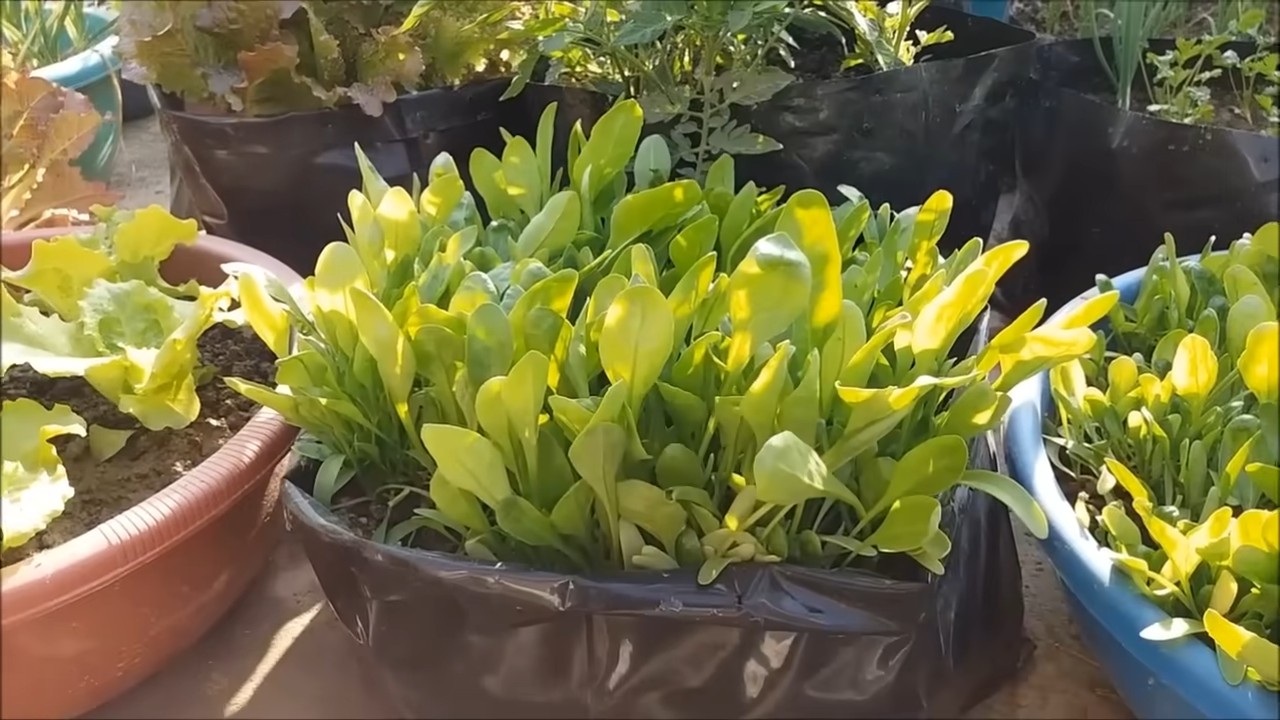
Easy Grow Spinach at Home: A Beginner’s Guide
Growing your own spinach at home is surprisingly easy and rewarding! Fresh, homegrown spinach tastes so much better than the store-bought kind, and you’ll know exactly where it came from. Plus, it’s a great way to add some healthy greens to your diet. I’m going to walk you through everything you need to know to successfully grow spinach, whether you have a sprawling garden or just a sunny windowsill.
Choosing Your Spinach Variety
First things first, let’s talk about spinach varieties. There are a few different types, and choosing the right one for your climate and preferences is key.
* Savoy Spinach: This type has crinkled, curly leaves. It’s known for its robust flavor and is often preferred for cooking. Examples include ‘Bloomsdale’ and ‘Melody’.
* Smooth-Leaf Spinach: As the name suggests, this type has smooth, flat leaves. It’s easier to clean and often used in salads. ‘Space’ and ‘Olympia’ are popular choices.
* Semi-Savoy Spinach: This is a hybrid between the two, offering a slightly crinkled leaf and good disease resistance. ‘Tyee’ is a common variety.
Consider your local climate when choosing. Some varieties are more heat-tolerant than others, which is important if you live in a warmer region. For cooler climates, look for varieties that are cold-hardy. I personally love ‘Bloomsdale’ for its rich flavor and resilience.
Getting Started: Planting Your Spinach
Spinach is a cool-season crop, which means it thrives in cooler temperatures. The best time to plant spinach is in early spring or late summer/early fall. Avoid planting during the hottest months, as the heat can cause the plants to bolt (go to seed), making the leaves bitter.
Here’s a step-by-step guide to planting your spinach:
1. Choose Your Location: Spinach needs at least 3-6 hours of sunlight per day. While it can tolerate some shade, especially in hotter climates, more sun generally means better growth. If you’re planting in containers, make sure you can move them to a sunny spot.
2. Prepare the Soil: Spinach prefers well-drained soil that is rich in organic matter. Before planting, amend the soil with compost or well-rotted manure. This will provide essential nutrients and improve drainage. The ideal soil pH for spinach is between 6.5 and 7.0. You can test your soil pH with a simple soil testing kit from your local garden center.
3. Sow the Seeds: You can either direct sow the seeds in the ground or start them indoors. Direct sowing is generally easier, especially if you have a longer growing season. Sow the seeds about ½ inch deep and 1 inch apart. If you’re planting in rows, space the rows about 12 inches apart.
4. Water Gently: After planting, water the soil gently to avoid disturbing the seeds. Keep the soil consistently moist but not waterlogged.
5. Thin Seedlings (If Necessary): Once the seedlings emerge (usually within 5-10 days), thin them to about 3-6 inches apart. This will give the plants enough room to grow and prevent overcrowding. You can use small scissors to snip the unwanted seedlings at the soil line.
Growing Spinach in Containers
Don’t have a garden? No problem! Spinach grows beautifully in containers. Here’s what you need to know:
* Choose the Right Container: Select a container that is at least 6 inches deep and has drainage holes. A wider container is better than a narrow one, as it will give the spinach roots more room to spread out.
* Use a Good Quality Potting Mix: Avoid using garden soil in containers, as it can become compacted and doesn’t drain well. Use a high-quality potting mix that is specifically formulated for containers.
* Planting: Follow the same planting instructions as for direct sowing, but space the seeds about 2 inches apart in the container.
* Watering: Container-grown spinach will need more frequent watering than spinach planted in the ground. Check the soil moisture regularly and water when the top inch feels dry.
* Fertilizing: Container-grown plants rely on you for nutrients. Feed your spinach plants with a balanced liquid fertilizer every 2-3 weeks.
Caring for Your Spinach Plants
Once your spinach plants are established, it’s important to provide them with the right care to ensure a bountiful harvest.
* Watering: Spinach needs consistent moisture to thrive. Water regularly, especially during dry spells. Avoid overhead watering, as this can promote fungal diseases. Instead, water at the base of the plants.
* Weeding: Keep the area around your spinach plants free of weeds. Weeds compete with spinach for nutrients and water, and they can also harbor pests and diseases. Gently hand-pull any weeds that you see.
* Fertilizing: Spinach is a heavy feeder, so it benefits from regular fertilization. Side-dress your plants with compost or a balanced fertilizer every 4-6 weeks.
* Pest Control: Spinach can be susceptible to certain pests, such as aphids, leaf miners, and flea beetles. Inspect your plants regularly for signs of infestation. If you find pests, you can try spraying them with insecticidal soap or neem oil. You can also cover your plants with row covers to prevent pests from reaching them.
* Bolting Prevention: As mentioned earlier, spinach can bolt in hot weather. To prevent bolting, try to plant your spinach in a location that receives some afternoon shade. You can also mulch around the plants to help keep the soil cool. If your spinach does start to bolt, you can still harvest the leaves, but they may be slightly bitter.
Harvesting Your Spinach
The best part of growing your own spinach is, of course, harvesting it! You can start harvesting spinach leaves as soon as they are large enough to eat, usually about 4-6 weeks after planting.
* Harvesting Method: You can either harvest the entire plant at once or harvest individual leaves as needed. To harvest individual leaves, simply snip them off at the base of the plant with scissors or garden shears.
* Timing: Harvest spinach in the morning, after the dew has dried. This is when the leaves are at their freshest and most flavorful.
* Storage: Freshly harvested spinach can be stored in the refrigerator for up to a week. To store it, wash the leaves thoroughly and dry them with a salad spinner or paper towels. Place the spinach in a plastic bag or container and store it in the crisper drawer of your refrigerator.
Troubleshooting Common Spinach Problems
Even with the best care, you may encounter some problems while growing spinach. Here are a few common issues and how to address them:
* Yellowing Leaves: Yellowing leaves can be a sign of nutrient deficiency, overwatering, or disease. Check the soil moisture and pH, and fertilize if necessary. If the problem persists, consult a local gardening expert.
* Holes in Leaves: Holes in leaves are often caused by pests, such as flea beetles or slugs. Inspect your plants for pests and take appropriate action.
* Bolting: As mentioned earlier, bolting is when the plant sends up a flower stalk and the leaves become bitter. To prevent bolting, plant your spinach in a cool, shady location and water regularly.
* Downy Mildew: Downy mildew is a fungal disease that can cause yellow spots on the leaves. To prevent downy mildew, avoid overhead watering and ensure good air circulation around the plants. If you see signs of downy mildew, remove the affected leaves and spray the plants with a fungicide.
Enjoying Your Homegrown Spinach
Now that you’ve successfully grown your own spinach, it’s time to enjoy the fruits (or rather, leaves!) of your labor. Here are a few ideas for using your homegrown spinach:
* Salads: Fresh spinach is a delicious addition to any salad. Try it with strawberries, goat cheese, and a balsamic vinaigrette.
* Smoothies: Spinach is a great way to add nutrients to your smoothies without adding a lot of flavor.
* Sautéed Spinach: Sauté spinach with garlic and olive oil for a simple and healthy side dish.
* Spinach Dip: Use your homegrown spinach to make a creamy and delicious spinach dip.
* Omelets and Frittatas: Add spinach to your omelets and frittatas for a boost of vitamins and minerals.
* Soups and Stews: Spinach can be added to soups and stews for extra flavor and nutrition.
Growing spinach at home is a rewarding experience that allows you to enjoy fresh, healthy greens right from your own garden (or windowsill!). With a little bit of care and attention, you can have a continuous supply of spinach throughout the growing season. Happy gardening!
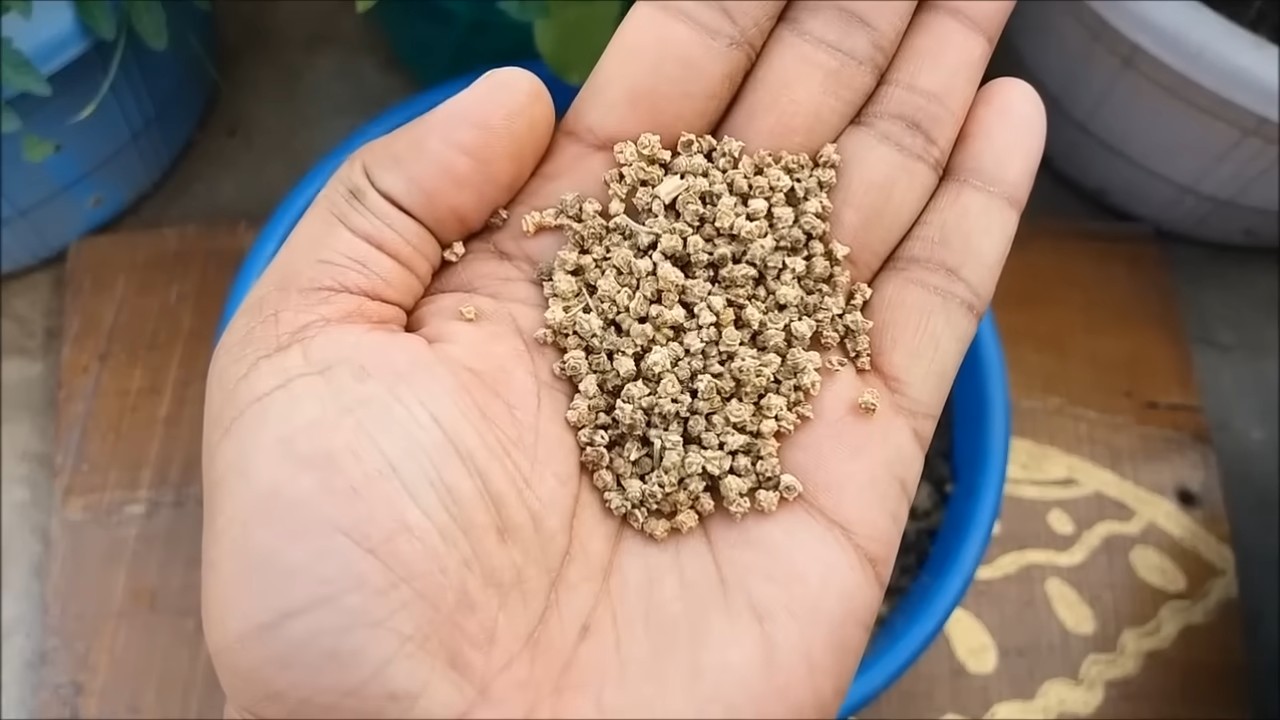
Conclusion
So, there you have it! Growing your own spinach at home is not only achievable, but surprisingly simple and incredibly rewarding. Forget those limp, pre-packaged greens from the grocery store. With a little effort and this easy DIY trick, you can have a constant supply of fresh, vibrant, and nutrient-packed spinach right at your fingertips.
Why is this a must-try? Because it puts you in control. You know exactly where your food is coming from, what (if anything) is being used to grow it, and you can harvest it at its peak of freshness. The taste difference alone is enough to convince most people. Homegrown spinach boasts a sweeter, more delicate flavor compared to its store-bought counterpart. Plus, it’s a fantastic way to reduce your carbon footprint and connect with nature, even if you only have a small balcony or patio.
But the benefits don’t stop there. Think of the money you’ll save! No more impulse buys of expensive spinach that wilts in your fridge before you even get a chance to use it. And let’s not forget the satisfaction of nurturing something from seed to table. It’s a truly fulfilling experience.
Ready to take your spinach game to the next level? Here are a few suggestions and variations to consider:
* Succession Planting: Plant new seeds every few weeks to ensure a continuous harvest throughout the growing season.
* Container Gardening: If you’re short on space, spinach thrives in containers. Choose a pot that’s at least 6 inches deep and wide.
* Vertical Gardening: Get creative with vertical planters or hanging baskets to maximize your growing space.
* Companion Planting: Plant spinach alongside other vegetables like radishes, lettuce, or strawberries to create a mutually beneficial ecosystem.
* Different Varieties: Experiment with different varieties of spinach, such as baby spinach, savoy spinach, or semi-savoy spinach, to find your favorite.
* Winter Growing: With a little protection, such as a cold frame or greenhouse, you can even grow spinach during the winter months in some climates.
Don’t be intimidated if you’ve never grown anything before. This DIY trick is designed for beginners. Just follow the simple steps outlined in this article, and you’ll be amazed at how easy it is to grow your own delicious spinach.
We’re confident that you’ll love the experience of growing your own spinach at home. So, what are you waiting for? Grab some seeds, get your hands dirty, and start enjoying the taste of fresh, homegrown goodness.
We’d love to hear about your experience! Share your photos, tips, and tricks in the comments below. Let’s create a community of home gardeners who are passionate about growing their own food. Happy gardening!
Frequently Asked Questions (FAQ)
What is the best time of year to plant spinach?
Spinach is a cool-season crop, meaning it thrives in cooler temperatures. The best time to plant spinach is in early spring or early fall. In the spring, plant as soon as the soil can be worked. In the fall, plant about 6-8 weeks before the first expected frost. This allows the spinach to mature before the cold weather sets in. In warmer climates, you can grow spinach throughout the winter. Avoid planting spinach during the hottest months of summer, as high temperatures can cause it to bolt (go to seed) and become bitter.
What kind of soil is best for growing spinach?
Spinach prefers well-drained soil that is rich in organic matter. The ideal soil pH is between 6.5 and 7.0. Before planting, amend the soil with compost or other organic matter to improve drainage and fertility. If your soil is heavy clay, consider adding sand or perlite to improve drainage. Spinach also benefits from a soil that retains moisture well, so consider adding mulch around the plants to help conserve water.
How much sunlight does spinach need?
Spinach needs at least 4-6 hours of sunlight per day. However, it can tolerate partial shade, especially during the hottest part of the day. In warmer climates, providing some afternoon shade can help prevent bolting. If you are growing spinach indoors, use grow lights to supplement natural sunlight.
How often should I water spinach?
Spinach needs consistent moisture to thrive. Water deeply and regularly, especially during dry periods. Aim to keep the soil consistently moist but not waterlogged. Overwatering can lead to root rot, so be sure the soil is well-draining. Check the soil moisture regularly by sticking your finger into the soil. If the top inch of soil is dry, it’s time to water.
How do I harvest spinach?
You can harvest spinach leaves as soon as they are large enough to eat. Simply snip off the outer leaves with scissors or a knife, leaving the inner leaves to continue growing. This is known as “cut-and-come-again” harvesting. You can also harvest the entire plant at once by cutting it off at the base. Harvest spinach in the morning, when the leaves are crisp and cool.
What are some common pests and diseases that affect spinach?
Some common pests that affect spinach include aphids, leaf miners, and flea beetles. Aphids can be controlled with insecticidal soap or by handpicking them off the plants. Leaf miners can be controlled by covering the plants with row covers. Flea beetles can be controlled with diatomaceous earth. Common diseases that affect spinach include downy mildew and white rust. These diseases can be prevented by providing good air circulation and avoiding overhead watering. If you notice signs of disease, remove the affected leaves immediately.
How do I prevent spinach from bolting?
Bolting is when spinach prematurely goes to seed, which can make the leaves bitter. To prevent bolting, plant spinach in early spring or early fall, avoid planting during the hottest months of summer, provide some afternoon shade, and water regularly. Choose bolt-resistant varieties of spinach.
Can I grow spinach indoors?
Yes, you can grow spinach indoors. Choose a pot that is at least 6 inches deep and wide. Use a well-draining potting mix. Place the pot in a sunny location or under grow lights. Water regularly and fertilize with a balanced fertilizer.
How do I store harvested spinach?
To store harvested spinach, wash it thoroughly and pat it dry. Wrap the spinach in a paper towel and store it in a plastic bag in the refrigerator. Spinach will keep for up to a week when stored properly.
Is it safe to eat spinach that has been exposed to frost?
Yes, it is generally safe to eat spinach that has been exposed to frost. In fact, some people believe that frost can actually improve the flavor of spinach. However, if the spinach has been severely damaged by frost, it may be best to discard it. Inspect the leaves carefully before eating them.

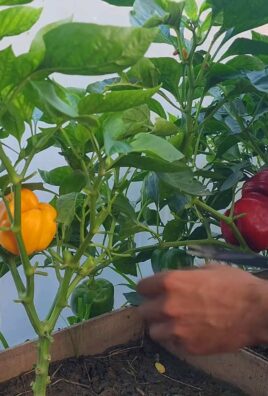
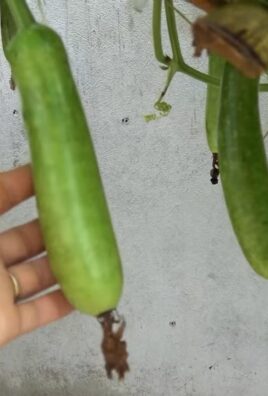
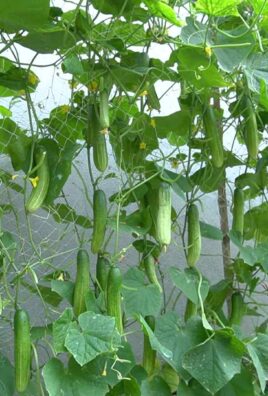
Leave a Comment